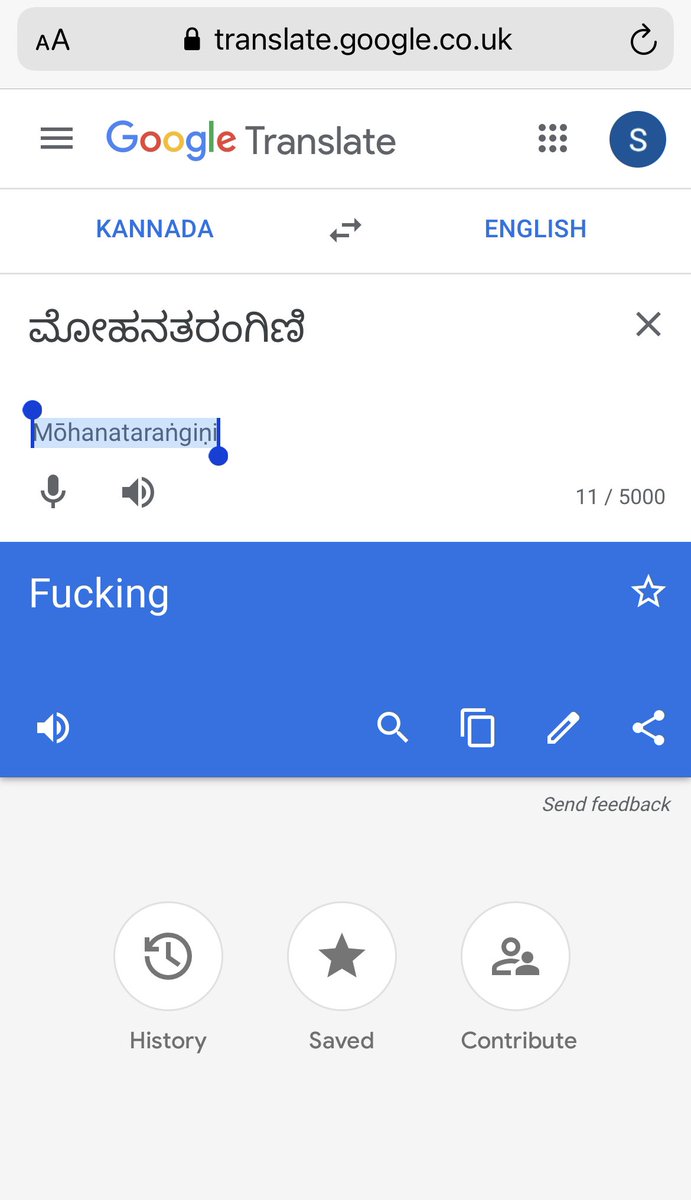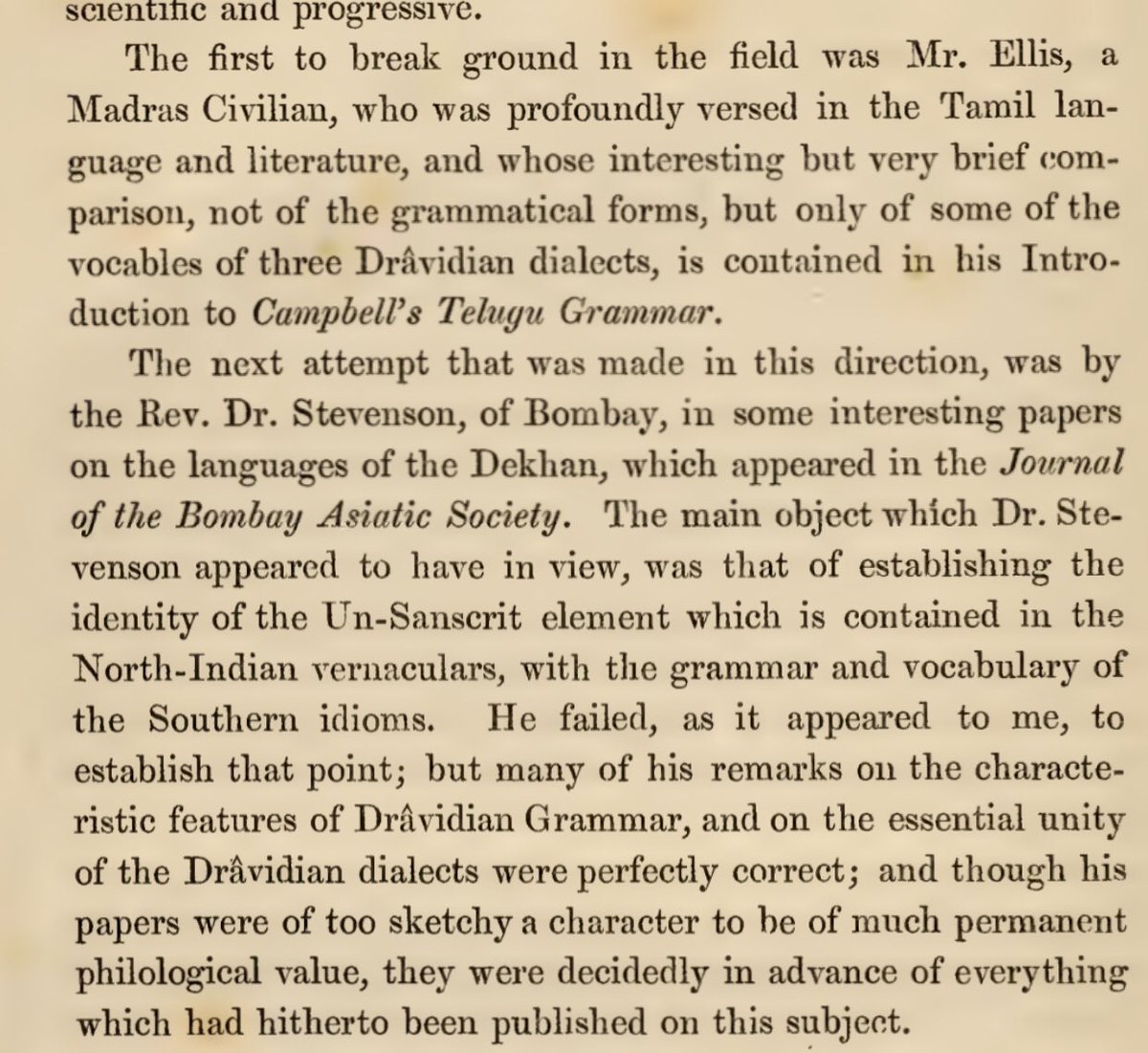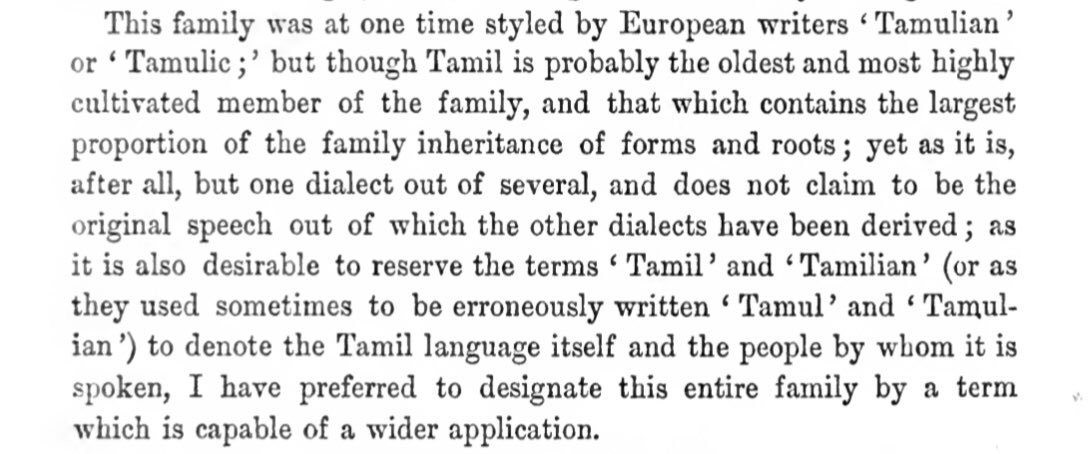
ಒಪ್ಪೆಂ ನಮ್ಮೊಳ್ ಭೇದಮ-
ನಿಪ್ಪೆಂ ನಾಮೊರ್ವರಾಗಿಯಿನ್ನೊರ್ವರೆನಲ್
ಕಪ್ಪುಂ ಬೆಳ್ಪುಂ ಕ್ರಮದಿನೆ
ಅಪ್ಪನ್ ಸಿತನಂಬೆ ಕಾಳಿಯಪ್ಪರೆರಡಲರ್
oppeṁ nammoḷ bhēdama-
nippeṁ nāmorvarāgiyinnorvarenal
kappuṁ beḷpuṁ kramadine
appan sitanambe kāḷiyappareraḍalar
#kanda #Siva #kALi
ನಿಪ್ಪೆಂ ನಾಮೊರ್ವರಾಗಿಯಿನ್ನೊರ್ವರೆನಲ್
ಕಪ್ಪುಂ ಬೆಳ್ಪುಂ ಕ್ರಮದಿನೆ
ಅಪ್ಪನ್ ಸಿತನಂಬೆ ಕಾಳಿಯಪ್ಪರೆರಡಲರ್
oppeṁ nammoḷ bhēdama-
nippeṁ nāmorvarāgiyinnorvarenal
kappuṁ beḷpuṁ kramadine
appan sitanambe kāḷiyappareraḍalar
https://twitter.com/elf_of_shiva_/status/1429076390259744778?s=21
#kanda #Siva #kALi
The fair-complexioned #Siva and the dark #kALi have taken black and white complexion respectively from each other, saying they will not accept any distinction between themselves, but will become one the other; the mother & father that are never two!
#kanda #kannaDa
#kanda #kannaDa

ಒಪ್ಪೆಂ-ಒಪ್ಪೆವು
ನಮ್ಮೊಳ್- ನಮ್ಮಲಿ
ಭೇದಮನ್-ಭೇದವನು
ಇಪ್ಪೆಂ-ಇರುವೆವು
ನಾಮ್-ನಾವು
ಒರ್ವರ್ ಆಗಿ ಇನ್ನೊರ್ವರ್ ಎನಲ್- ಒಬ್ಬರಾಗಿ ಇನ್ನೊಬ್ಬರು ಎನಲು
ಕಪ್ಪುಂ ಬೆಳ್ಪುಂ-ಕಪ್ಪೂ ಬಿಳುಪೂ
ಕ್ರಮದಿನೆ-ಕ್ರಮವಾಗಿ
ಅಪ್ಪನ್-ಅಪ್ಪ
ಸಿತನ್-ಬಿಳಿಯನು
ಅಂಬೆ
ಕಾಳಿ
ಅಪ್ಪರ್-ಆಗುವರು
ಎರಡು ಅಲರ್-ಎರಡಲ್ಲದವರು
#kanda #kannaDa #Siva #kALi
ನಮ್ಮೊಳ್- ನಮ್ಮಲಿ
ಭೇದಮನ್-ಭೇದವನು
ಇಪ್ಪೆಂ-ಇರುವೆವು
ನಾಮ್-ನಾವು
ಒರ್ವರ್ ಆಗಿ ಇನ್ನೊರ್ವರ್ ಎನಲ್- ಒಬ್ಬರಾಗಿ ಇನ್ನೊಬ್ಬರು ಎನಲು
ಕಪ್ಪುಂ ಬೆಳ್ಪುಂ-ಕಪ್ಪೂ ಬಿಳುಪೂ
ಕ್ರಮದಿನೆ-ಕ್ರಮವಾಗಿ
ಅಪ್ಪನ್-ಅಪ್ಪ
ಸಿತನ್-ಬಿಳಿಯನು
ಅಂಬೆ
ಕಾಳಿ
ಅಪ್ಪರ್-ಆಗುವರು
ಎರಡು ಅಲರ್-ಎರಡಲ್ಲದವರು
#kanda #kannaDa #Siva #kALi
oppeṁ-we’ll not accept
nammoḷ-in us
bhēdaman-distinction
nām ippeṁ-we shall be
orvar āgi innorvar- one being the other
enal-thus
kappuṁ beḷpuṁ-black & white
kramadine-respectively
appan-dad
sitan-white Siva
ambe-mom
kāḷi-dark kALi
appar-they become
eraḍu alar-the non-dual
nammoḷ-in us
bhēdaman-distinction
nām ippeṁ-we shall be
orvar āgi innorvar- one being the other
enal-thus
kappuṁ beḷpuṁ-black & white
kramadine-respectively
appan-dad
sitan-white Siva
ambe-mom
kāḷi-dark kALi
appar-they become
eraḍu alar-the non-dual
• • •
Missing some Tweet in this thread? You can try to
force a refresh











